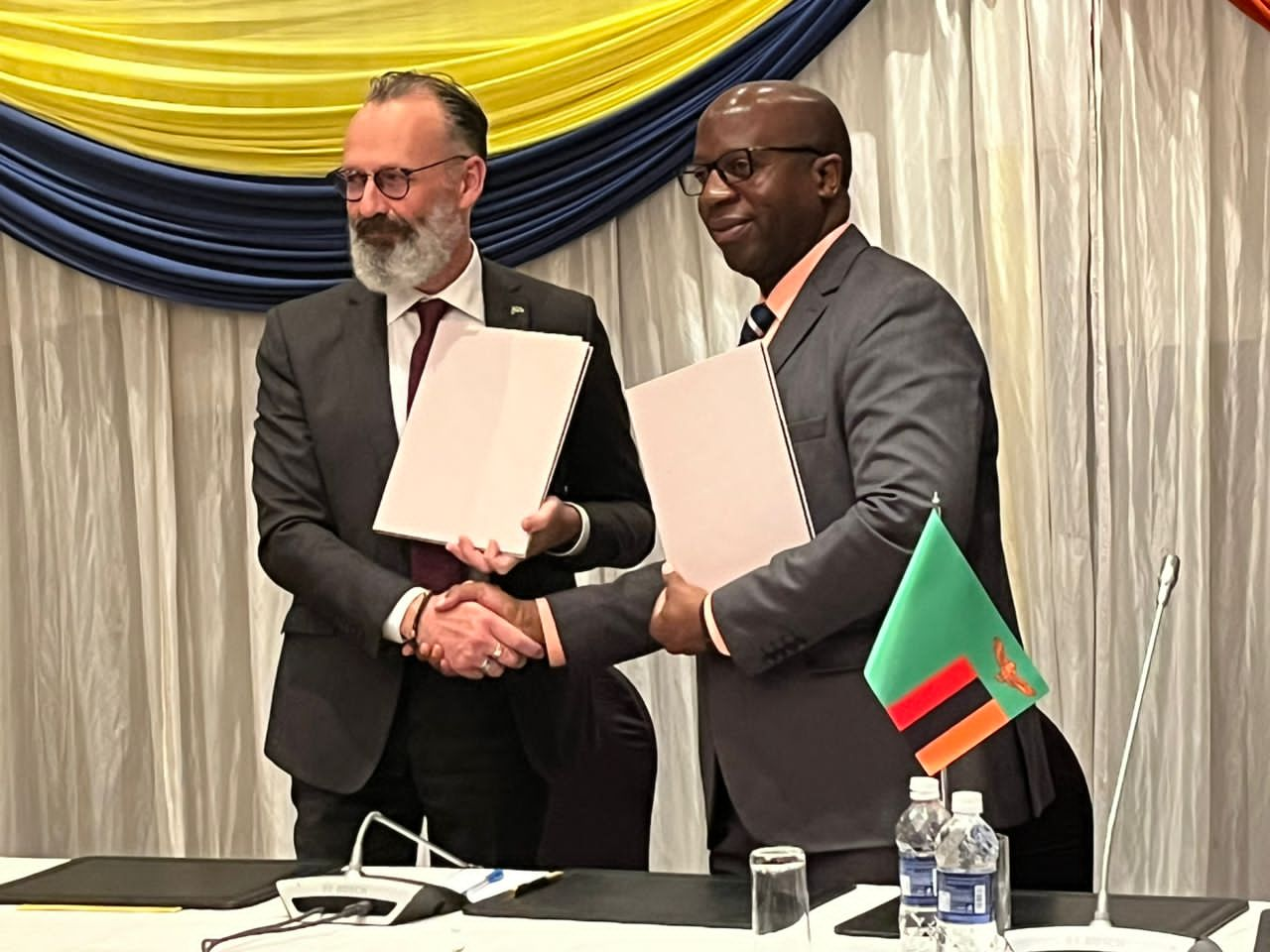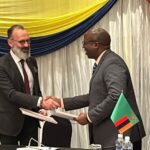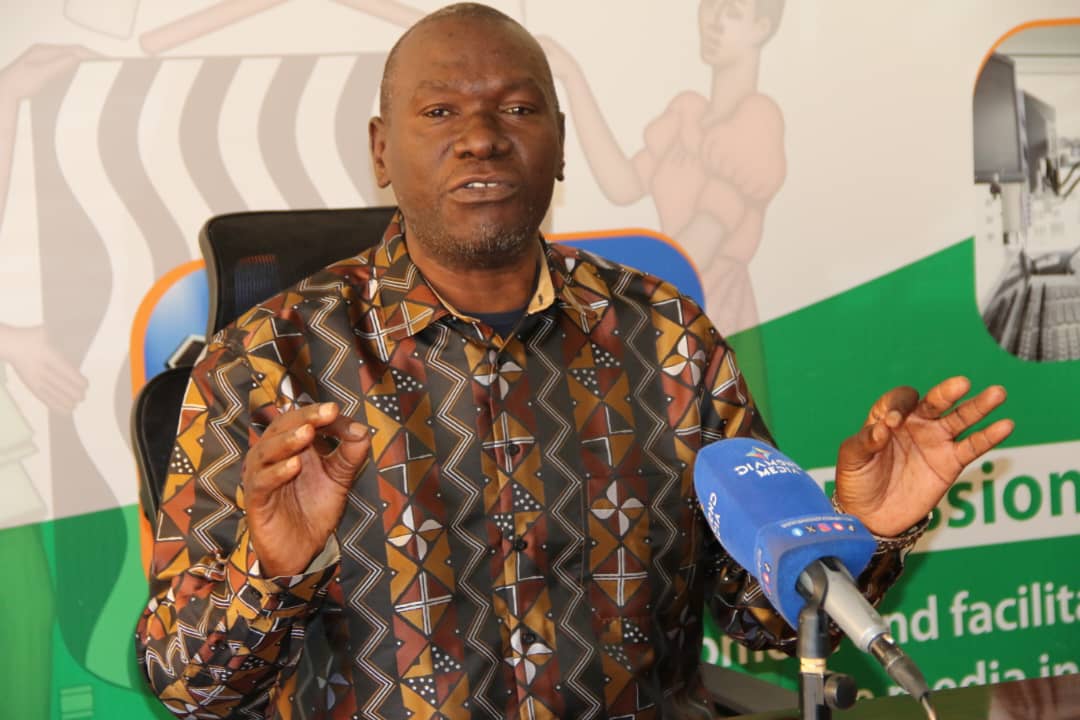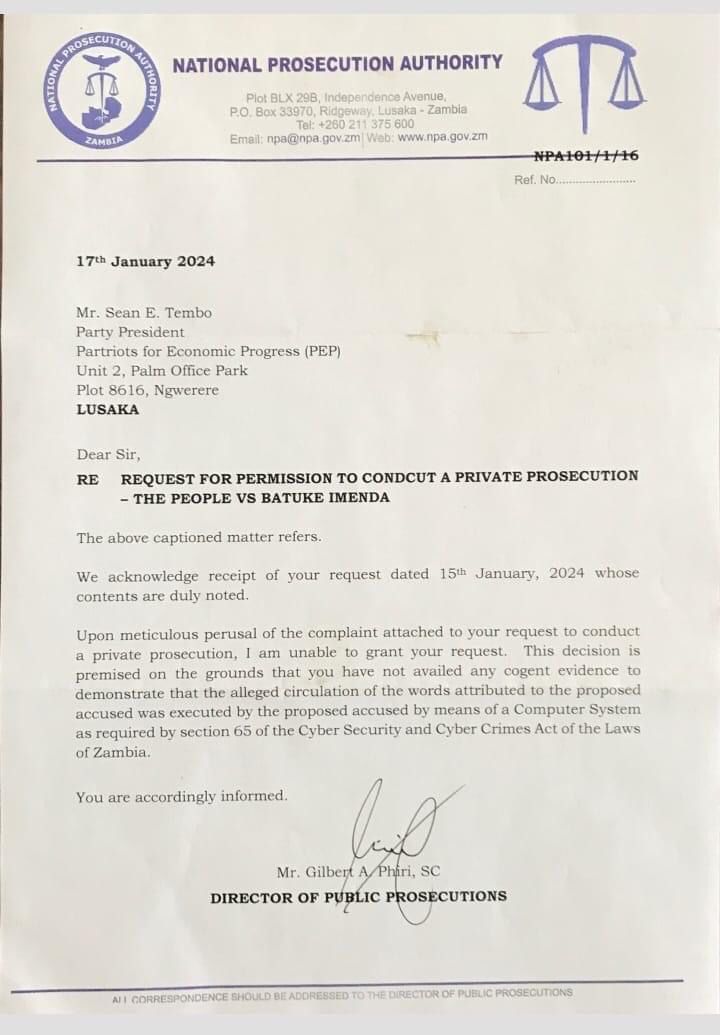Lusaka, Tuesday, 20 August 2024 –
A Memorandum of Understanding (MoU) has been signed between Zambia and Sweden through the Ministry of Green Economy and Environment (MGEE) (on behalf of the Zambian Government) and the Swedish Energy Agency, (on behalf of Sweden).
The signing ceremony is a first step in commencing negotiations of a Bilateral Agreement which seeks to foster international cooperation for carbon credit transactions between the two countries under Article 6 of the Paris Agreement.
This important milestone is supported by the SPAR6C program, which has been instrumental in providing technical assistance and capacity building to enhance Zambia’s preparedness for Article 6 cooperation.
The Paris Agreement, signed by 197 countries in 2015, represents a historic global effort to combat climate change by limiting global warming to well below 2 degrees Celsius above pre-industrial levels.
Article 6 of the agreement is the cornerstone for international cooperation, fostering global carbon market mechanisms that enable countries to reduce greenhouse gas emissions while fostering sustainable development.
During the MoU signing ceremony, the Government of Zambia was represented by the Minister of Green Economy and Environment Permanent Secretary Dr. Douty Chibamba while the Swedish government was represented by officials from the Swedish Energy Agency and the Swedish Ambassador to Zambia H.E Mr Johan Hallenborg.
“Zambia’s government has identified a need for investments in the energy sector. Sweden is already supporting Zambia and other African Countries through the Beyond the Grid Fund for Africa and to the rehabilitation of the Kariba Dam. More investments can be made possible through climate cooperation under the Paris Agreement.
The cooperation will strengthen relations between Zambia, represented by Ministry of Green Economy and Environment, and Sweden, represented by the Swedish Energy Agency. The Swedish Energy Agency is one of Sweden’s key expert government agencies on energy-related topics, is mandated to implement climate cooperation under Article 6 of the Paris Agreement.
Through this cooperation Sweden can focus on Zambia’s specific needs in relation to the energy sector and Zambia’s climate targets.,” said Swedish Ambassador to Zambia H.E Mr Johan Hallenborg.
“What you are here to witness today, is the first hint of a success story of Article 6 cooperation between Zambia and Sweden,” said Dr. Douty Chibamba
By signing this MoU, the Zambian Government has taken huge steps towards addressing the nation’s current energy crisis. Zambia is leveraging on the power international cooperation to drive energy solutions that are not only sustainable but also aligned with global climate goals of reducing greenhouse gas emissions. Innovative carbon projects such as this one will contribute to energy security and economic growth, therefore positioning Zambia as a model for other countries in the region.
In a statement provided by the Swedish Energy Agency, Ms. Caroline Asserup, Deputy Director General of the Swedish Energy Agency said “We are very pleased about the formalisation of the collaboration between our two countries. International cooperation is vital if we are to meet the challenges posed by global climate change.”
In his speech, the Permanent Secretary of the Ministry of Green Economy and Environment (MGEE) Dr. Douty Chibamba stated that Zambia had made significant progress on Article 6 including a clear institutional process for facilitating decisions and its implementation.
“The signing of this MoU forms the first step in the commencement of negotiations of a bilateral agreement for engagement in cooperative approaches regarding internationally transferable mitigation outcomes between the two countries,” said Dr. Douty Chibamba, Permanent Secretary of the Ministry of Green Economy and Environment.
While on their mission visit, Swedish government officials will also visit the Industrial Development Corporation, Supa Moto and the Kafue Sugar Project.






